(PLVN) - Vietnamese tea is exported to more than 70 countries and territories, but the average export price is only 65% of the average price of leading tea exporting countries and only 55% of the average tea export price of India and Sri Lanka. Why?
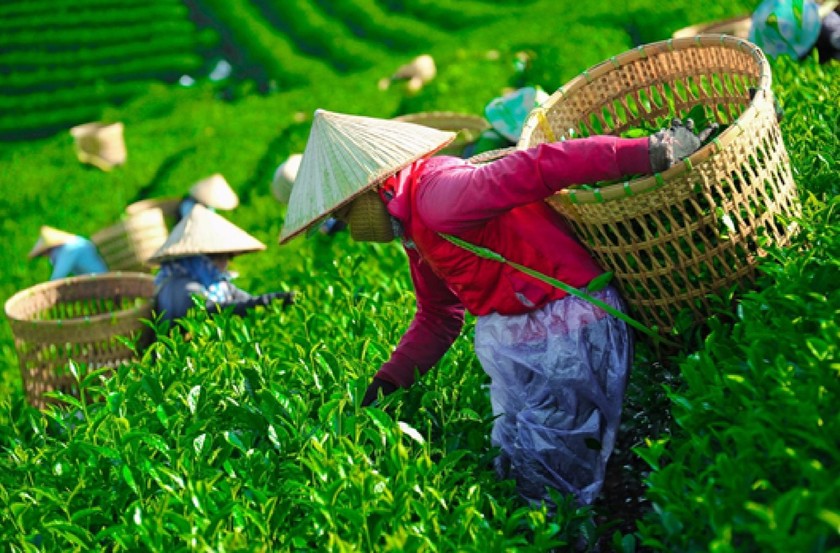 |
| It is necessary to link production and form quality raw material areas to increase the selling price of tea products. (Photo: GH) |
(PLVN) - Vietnamese tea is exported to more than 70 countries and territories, but the average export price is only 65% of the average price of leading tea exporting countries and only 55% of the average tea export price of India and Sri Lanka. Why?
Is the main industrial crop
According to the Ministry of Agriculture and Rural Development (MARD), it is forecasted that by 2030, Vietnam's tea export output will reach 156 thousand tons, increasing by an average of 0.83% per year, accounting for about 80% of the tea output produced nationwide. The main markets for Vietnamese tea products are still Pakistan, China, Russia, Indonesia, etc.
In addition, Vietnam is also shifting to exporting high-quality tea products to the European market (EU)... The Vietnamese tea industry is developing in a sustainable direction, meeting market demands, and taking full advantage of the benefits from trade agreements.
Mr. Nguyen Quoc Manh, Deputy Director of the Department of Crop Production (Ministry of Agriculture and Rural Development) said that the Key Industrial Crop Project was approved by the Ministry of Agriculture and Rural Development in Decision No. 431/QD-BNN-TT dated January 26, 2024, setting the target: By 2030, the tea growing area nationwide will reach about 120 - 125 thousand hectares, the yield will reach 110 - 115 quintals/ha; the output will reach about 1.2 - 1.4 million tons of fresh tea buds.
Of the six main industrial crops, only tea is native to Vietnam, the rest are imported from abroad. “Therefore, developing the tea industry is both a responsibility and an obligation to make tea trees worthy of the status of native plants in Vietnam,” said Mr. Manh.
By 2030, over 70% of tea areas will be certified as clean and safe, concentrated in key production areas such as Thai Nguyen, Ha Giang, Lao Cai, Yen Bai, Nghe An and Lam Dong, applying high technology in production stages to improve productivity, quality, and stabilize product criteria to meet market demand.
Currently, due to changes in variety structure and cultivation techniques. Thanks to that, tea trees still record growth in export value. In the first 9 months of 2024, tea exports reached 108 thousand tons and 189 million USD; an increase of 31.9% in volume and 34.2% in value over the same period last year.
Removing the "bottleneck" for Vietnam's tea industry
According to Mr. Hoang Vinh Long - Chairman of Vietnam Tea Association, Vietnam is the 5th largest tea producer and exporter in the world.
Vietnamese tea is exported to over 70 countries and territories, but the average export price is only 65% of the average price of leading tea exporting countries and only 55% of the average export price of tea from India and Sri Lanka.
Although the output and export quantity are large, the value of this product is not high, the competitiveness of the product is still low, the product price is unstable in the international market and still depends on some main markets.
In recent times, Vietnam has exported tea at an average price of 1.7 USD/kg, while the world average price is 2.6 USD/kg. According to Mr. Long, the price of Vietnamese tea is low. Vietnam needs to create production links and form quality raw material areas to increase the selling price.
Currently, localities have also focused on building safe, high-quality tea areas. For example, Ha Giang province has nearly 21 thousand hectares of tea, of which more than 70% of the area is ancient Shan Tuyet tea. Determining that this is a crop with high economic efficiency, from 2016 to now, this province has implemented many support programs with an investment capital of more than 56 billion VND, focusing on granting GAP certification to nearly 12 thousand hectares...
Thai Nguyen “tea land” has 17,824 hectares of new tea varieties, accounting for nearly 80% of the area; nearly 2,500 hectares of tea are certified by VietGAP, hundreds of hectares of tea are produced according to organic standards. Tuyen Quang province has also produced tea products that ensure food safety according to EU standards, helping to reduce production costs, finished tea is sold at higher prices, the market is expanded and stabilized thanks to production technology that meets food safety and management standards.
Source: https://baophapluat.vn/nganh-che-viet-nam-xuat-khau-nhieu-nhung-gia-khong-cao-post530977.html

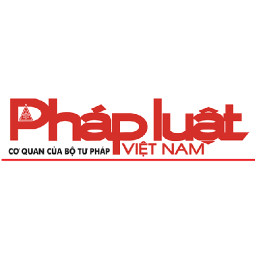
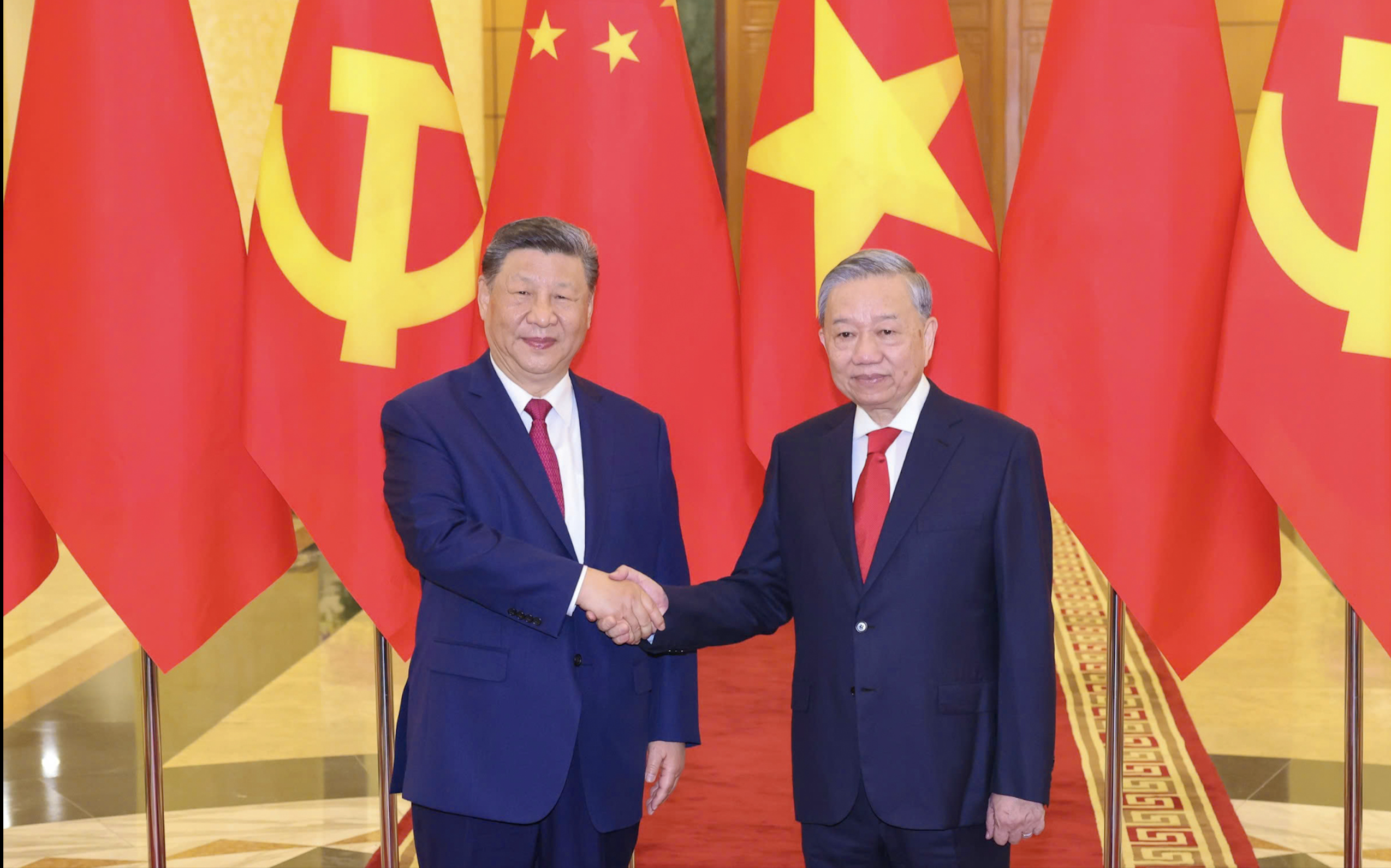
![[Photo] Prime Minister Pham Minh Chinh meets with General Secretary and President of China Xi Jinping](https://vstatic.vietnam.vn/vietnam/resource/IMAGE/2025/4/14/893f1141468a49e29fb42607a670b174)
![[Photo] National Assembly Chairman Tran Thanh Man meets with General Secretary and President of China Xi Jinping](https://vstatic.vietnam.vn/vietnam/resource/IMAGE/2025/4/14/4e8fab54da744230b54598eff0070485)

![[Photo] Reception to welcome General Secretary and President of China Xi Jinping](https://vstatic.vietnam.vn/vietnam/resource/IMAGE/2025/4/15/ef636fe84ae24df48dcc734ac3692867)
![[Photo] Tan Son Nhat Terminal T3 - key project completed ahead of schedule](https://vstatic.vietnam.vn/vietnam/resource/IMAGE/2025/4/15/85f0ae82199548e5a30d478733f4d783)
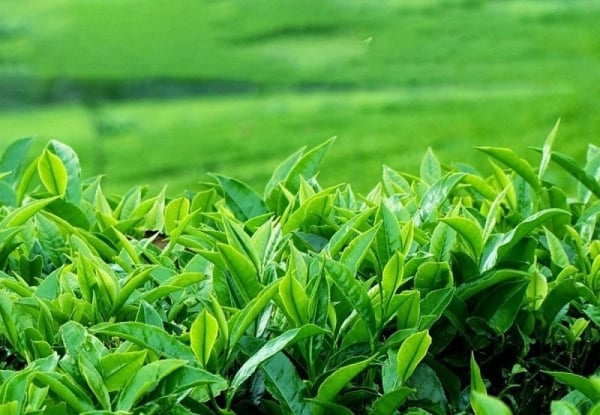

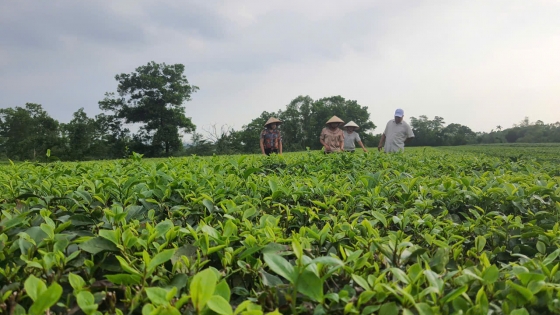

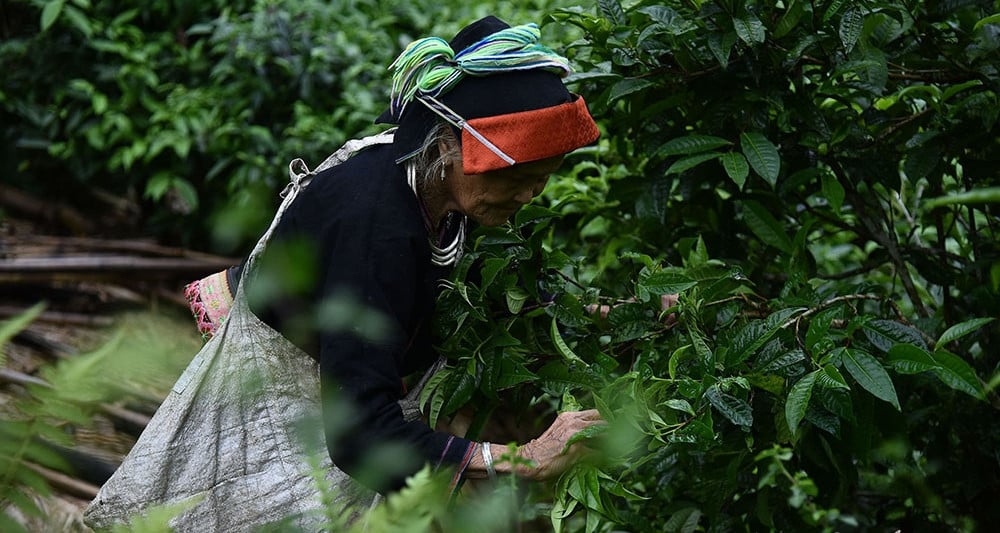

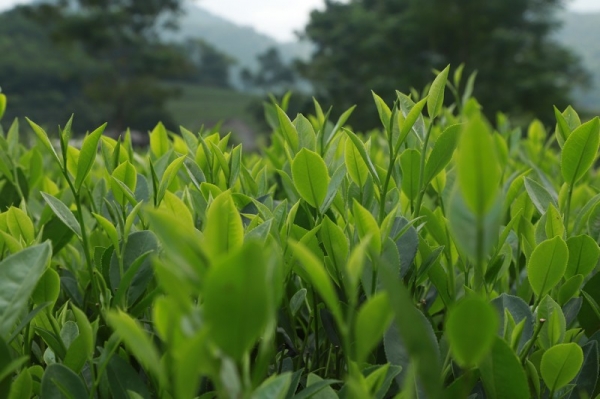
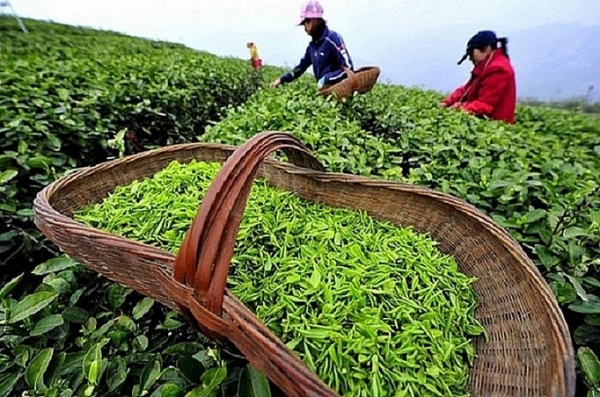
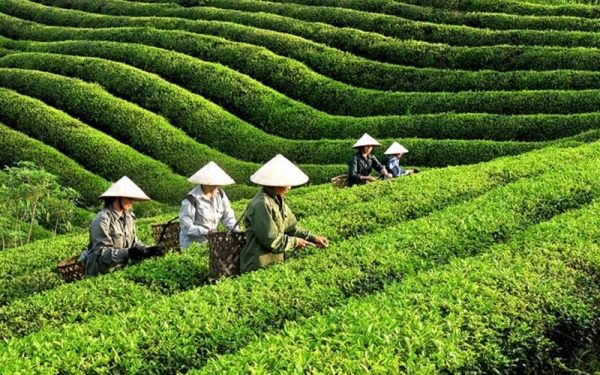
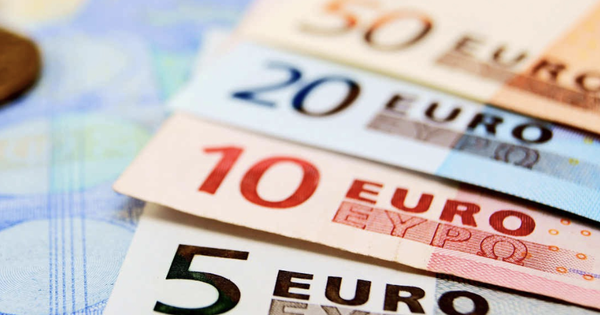



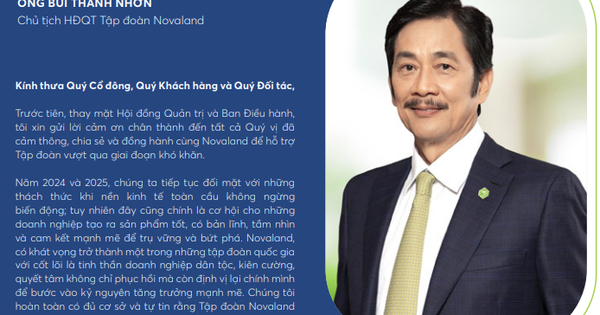

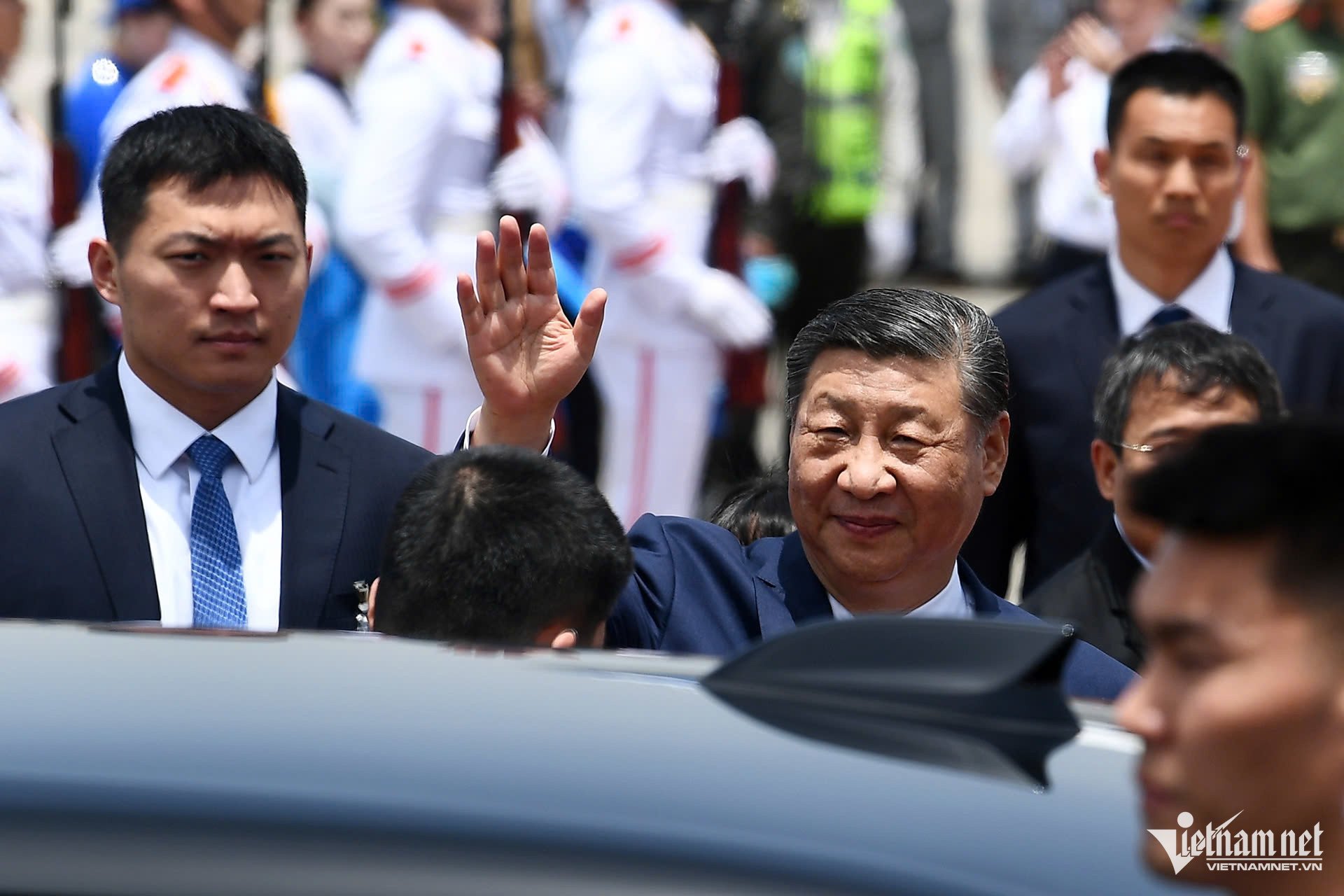
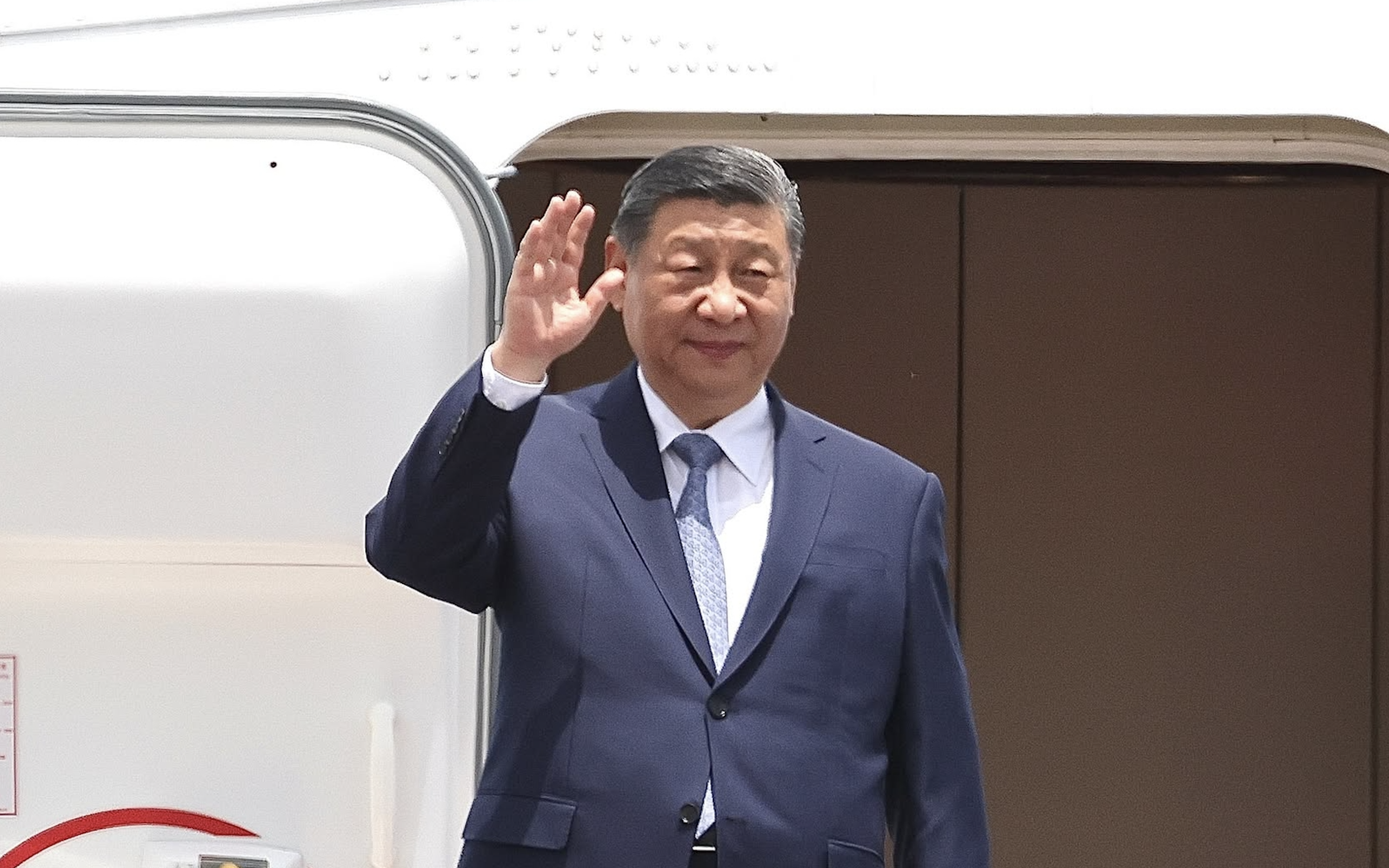


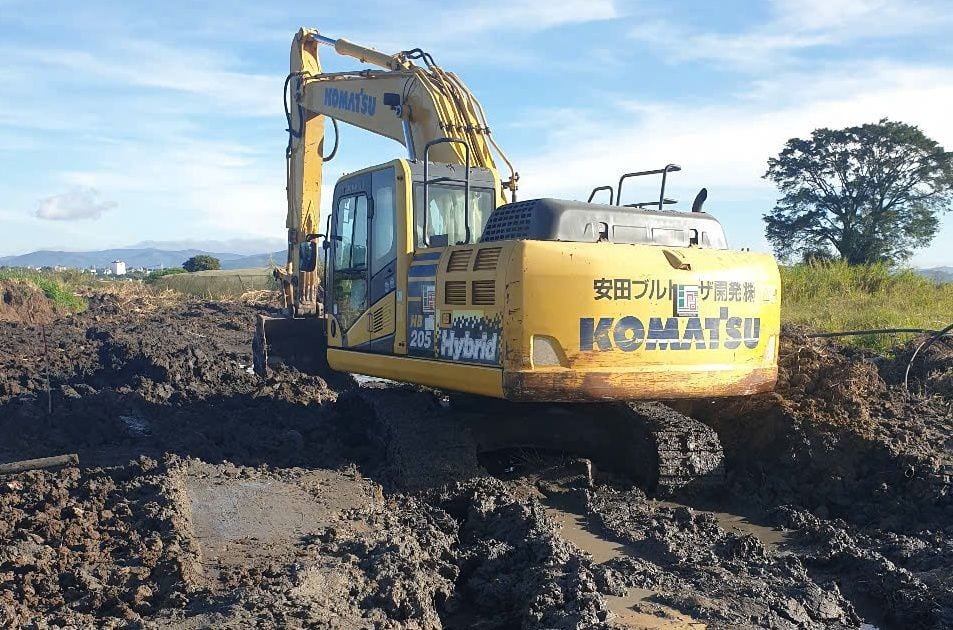
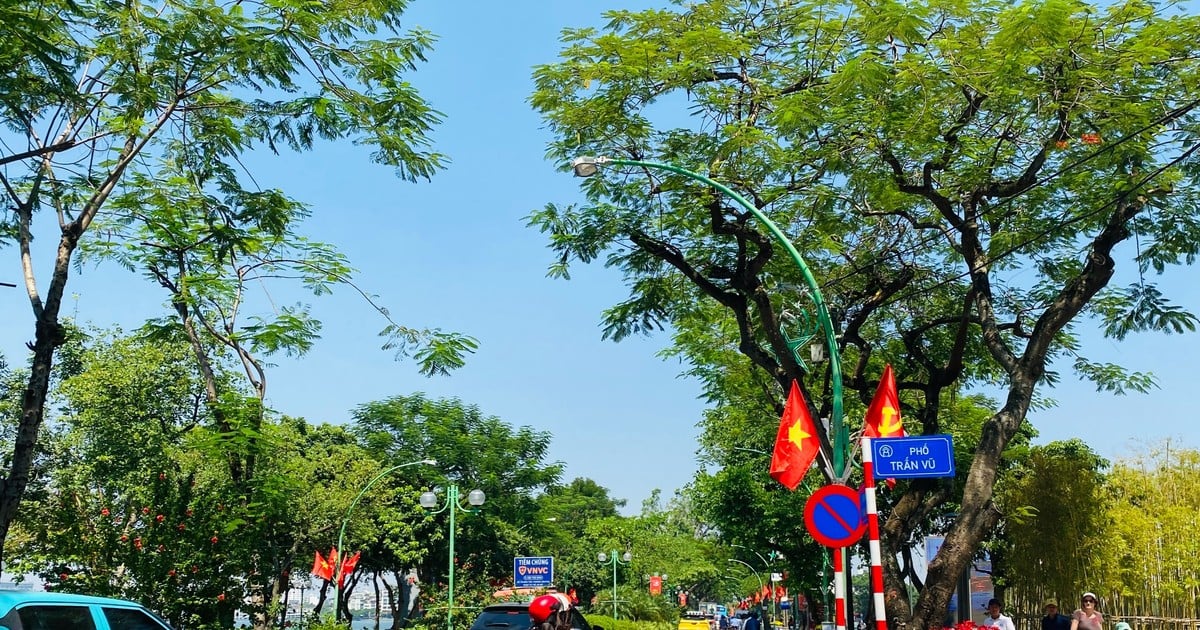

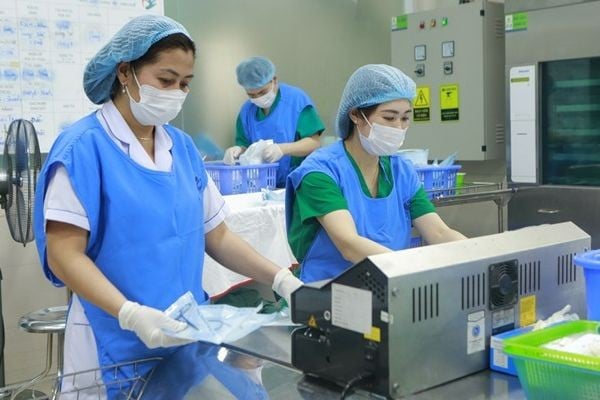
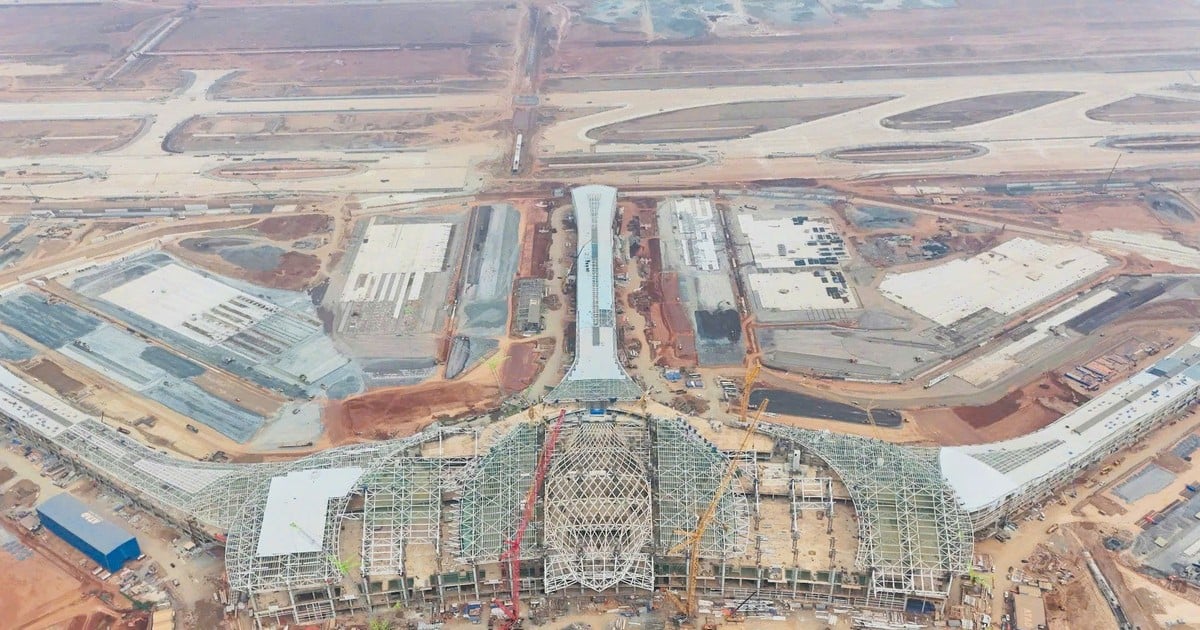
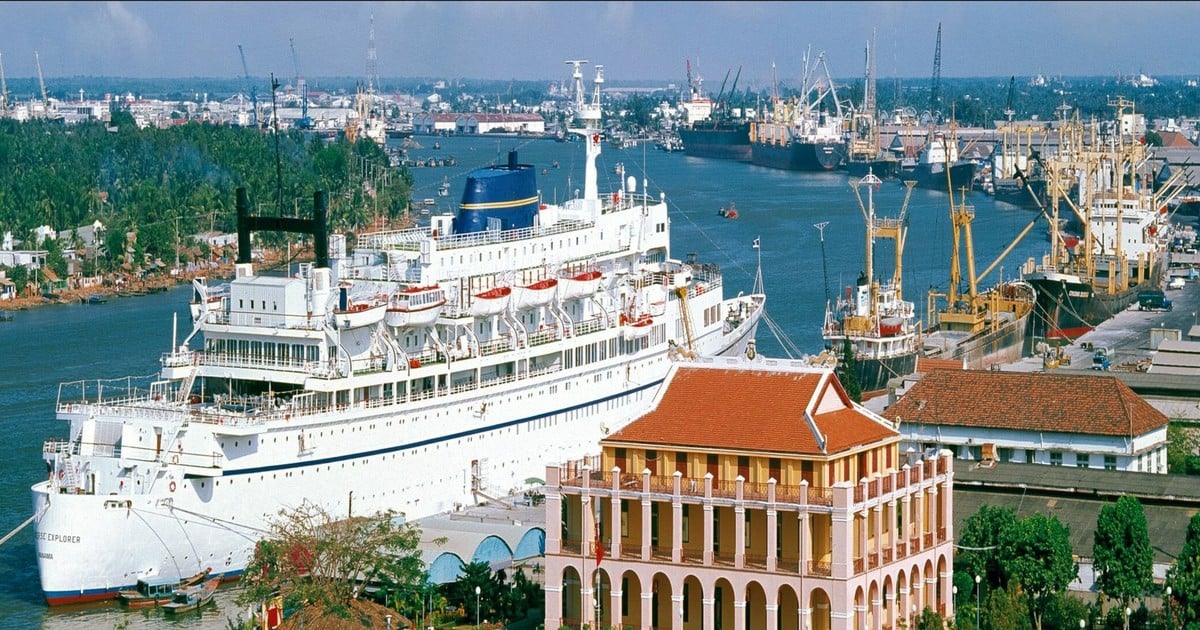


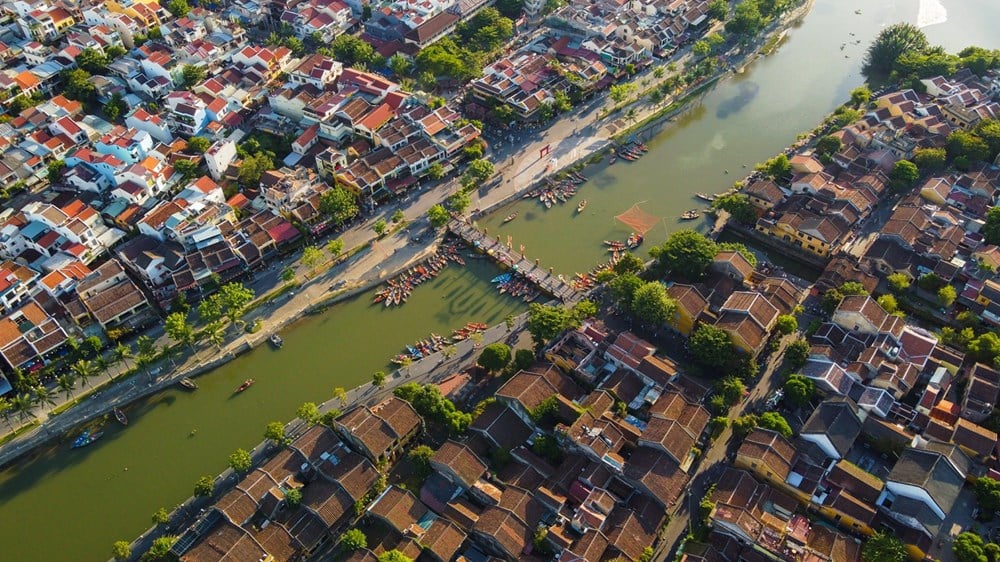

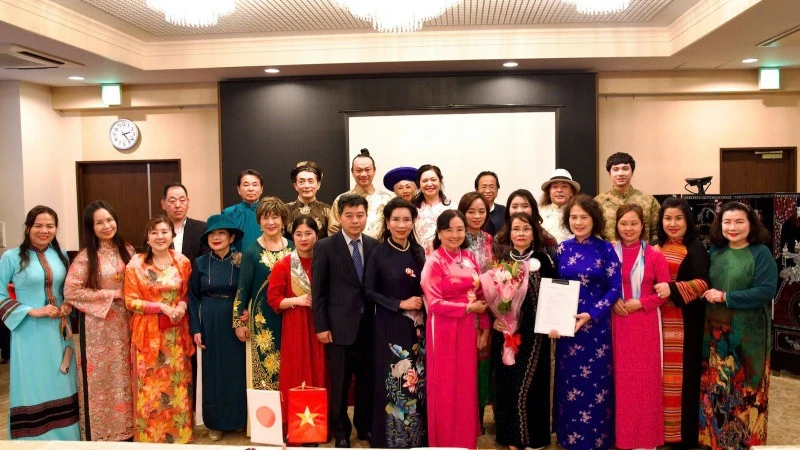



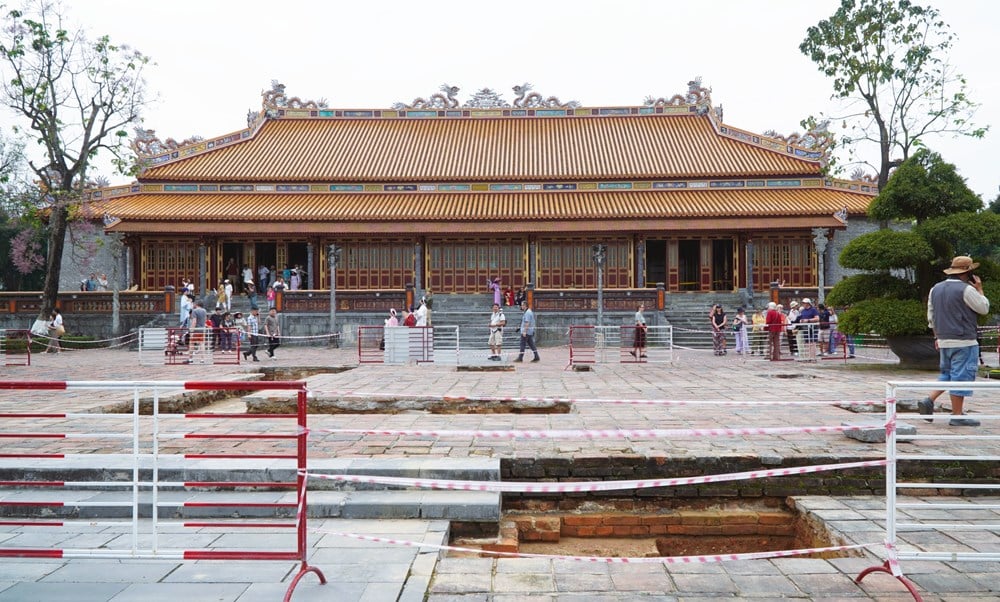
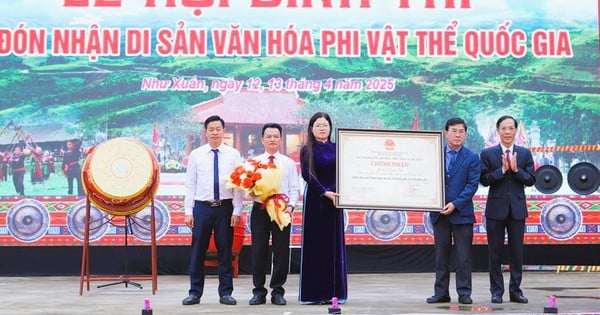

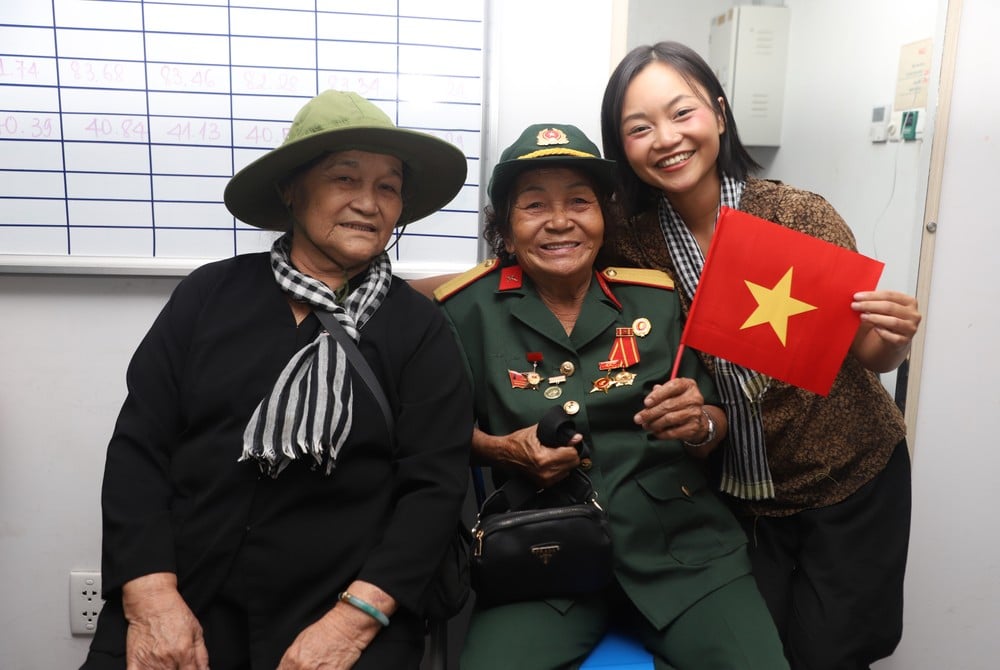





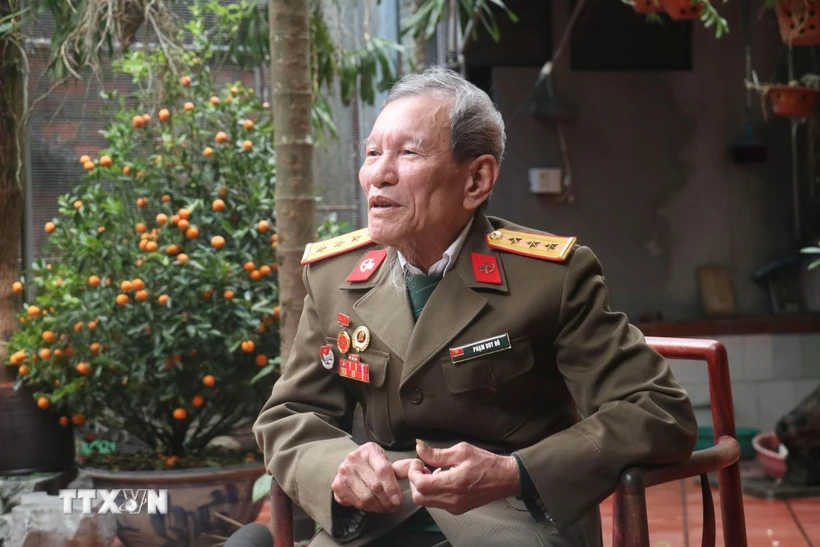


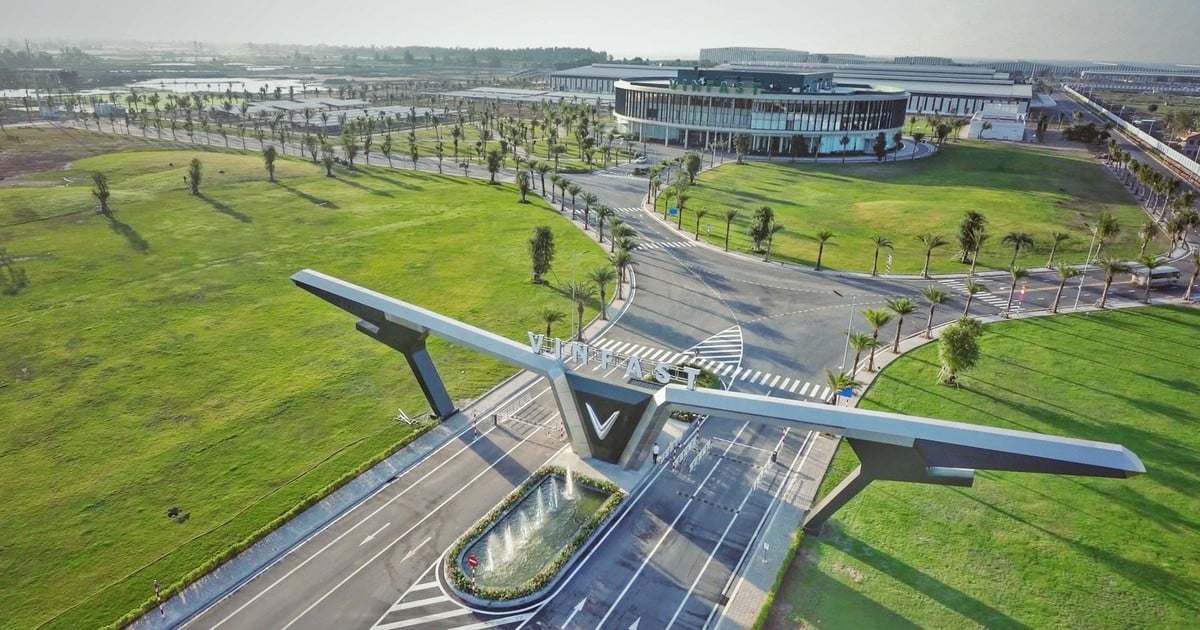

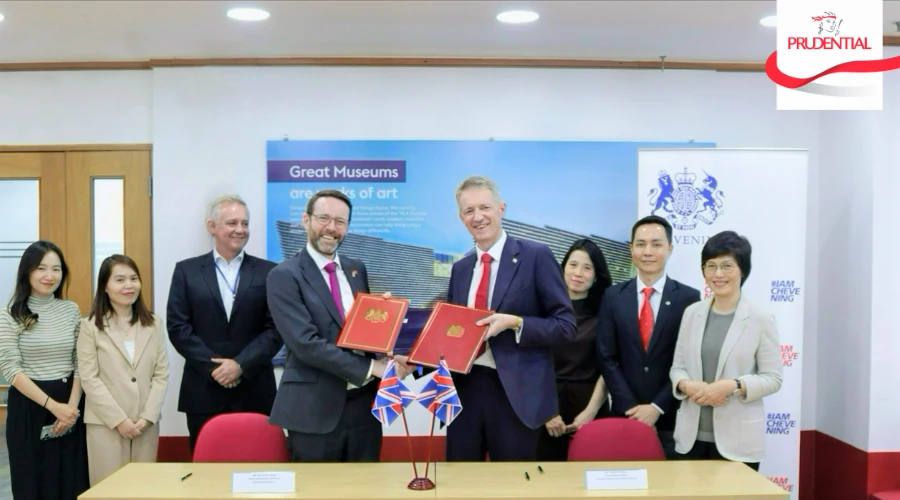

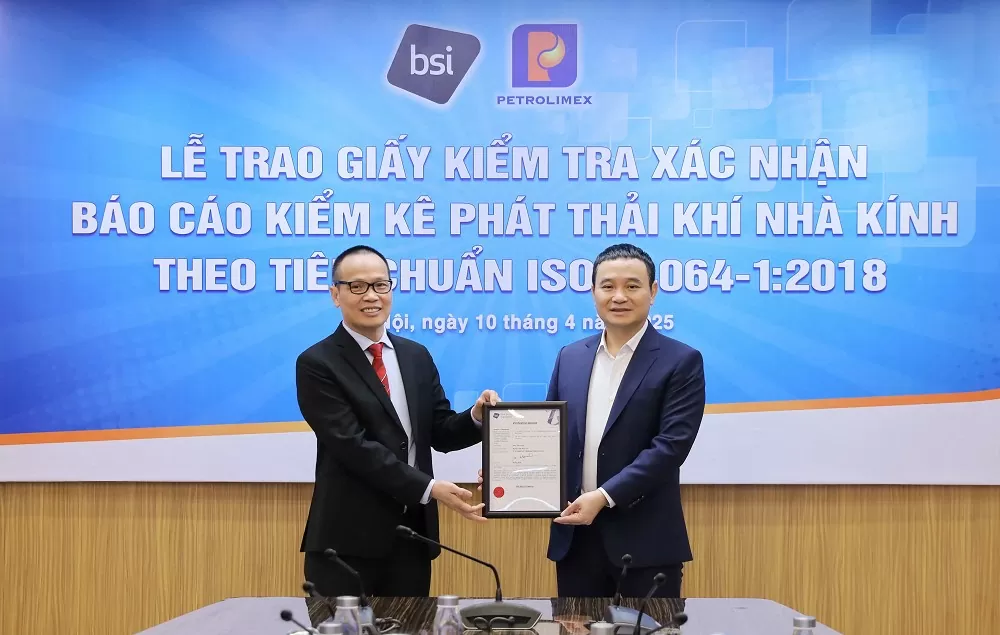

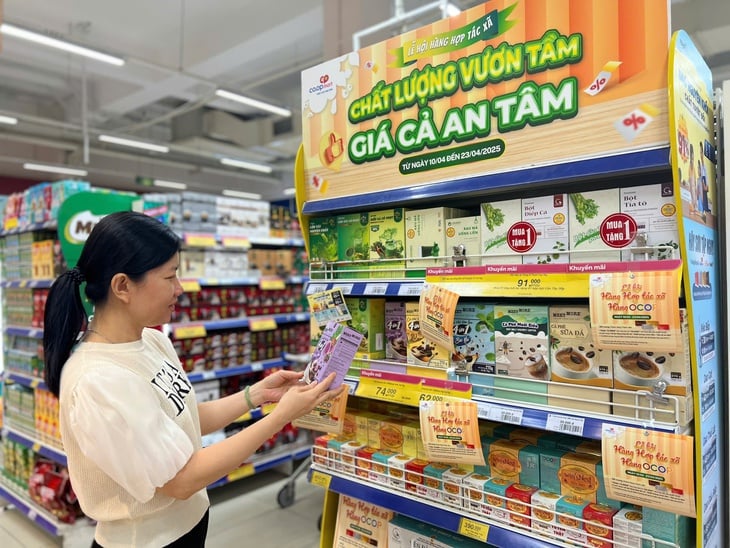
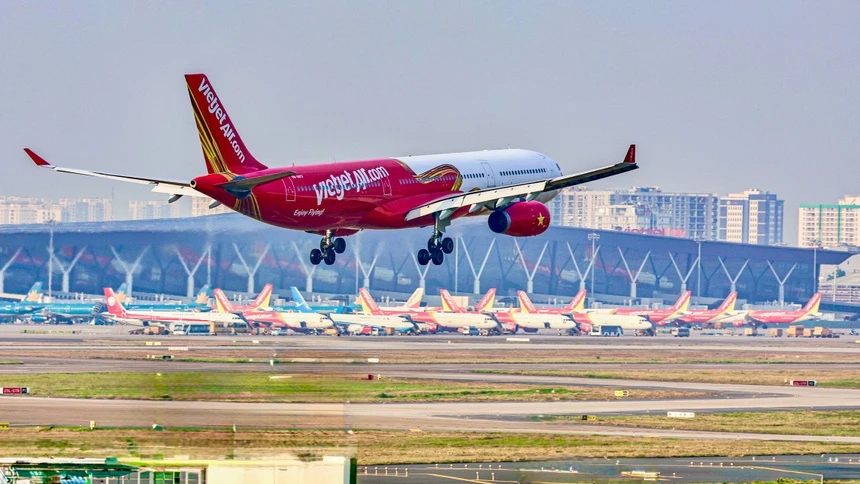


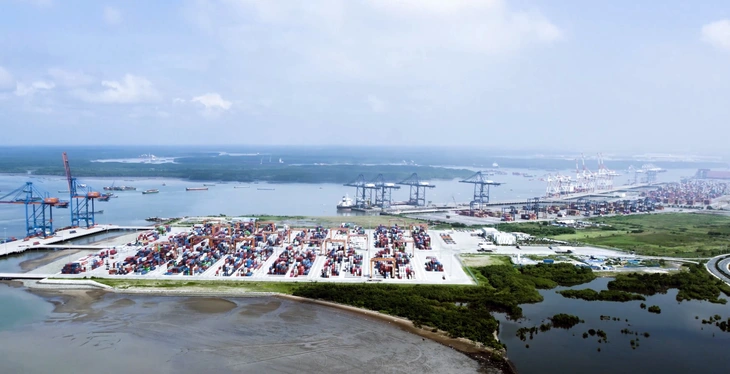

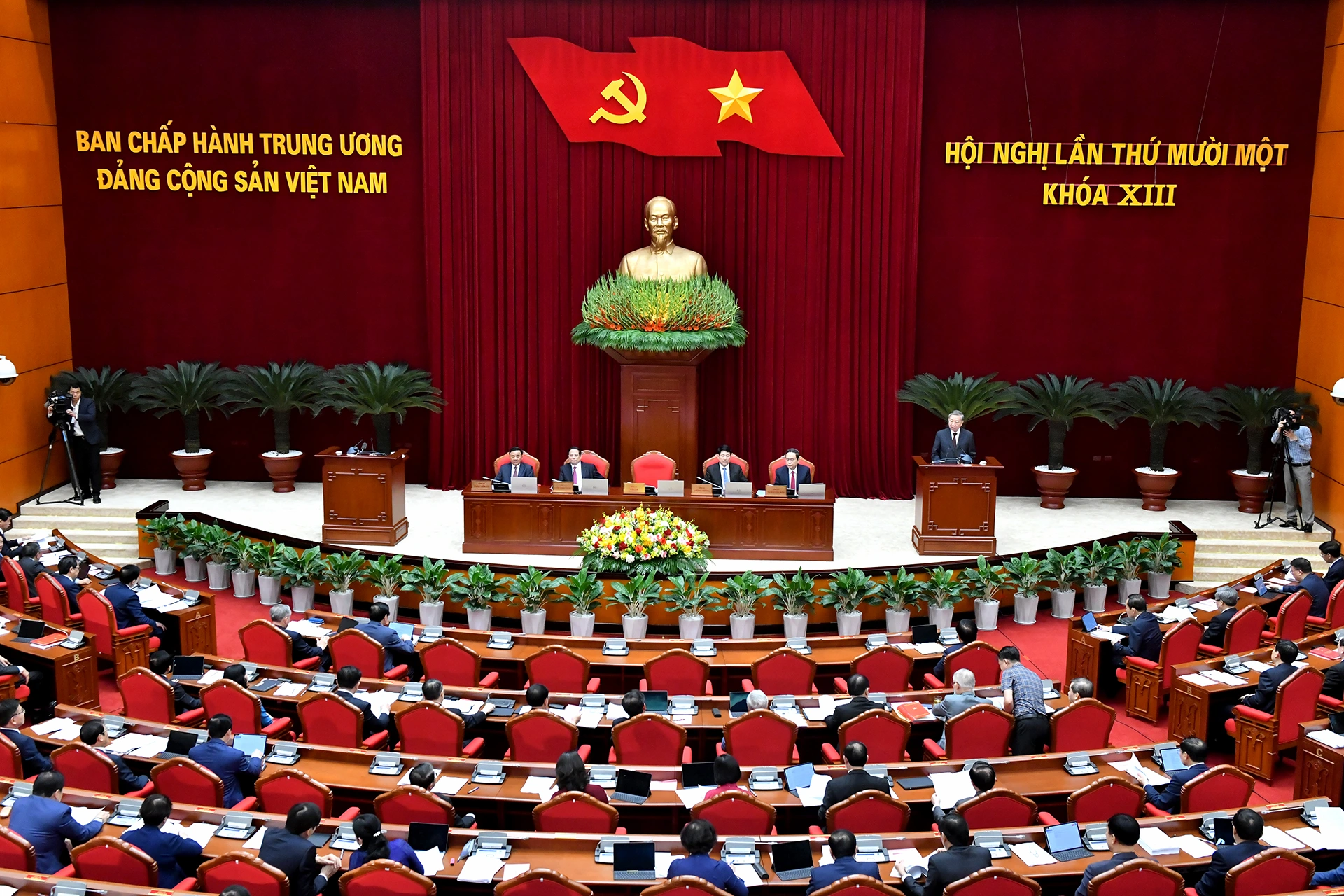
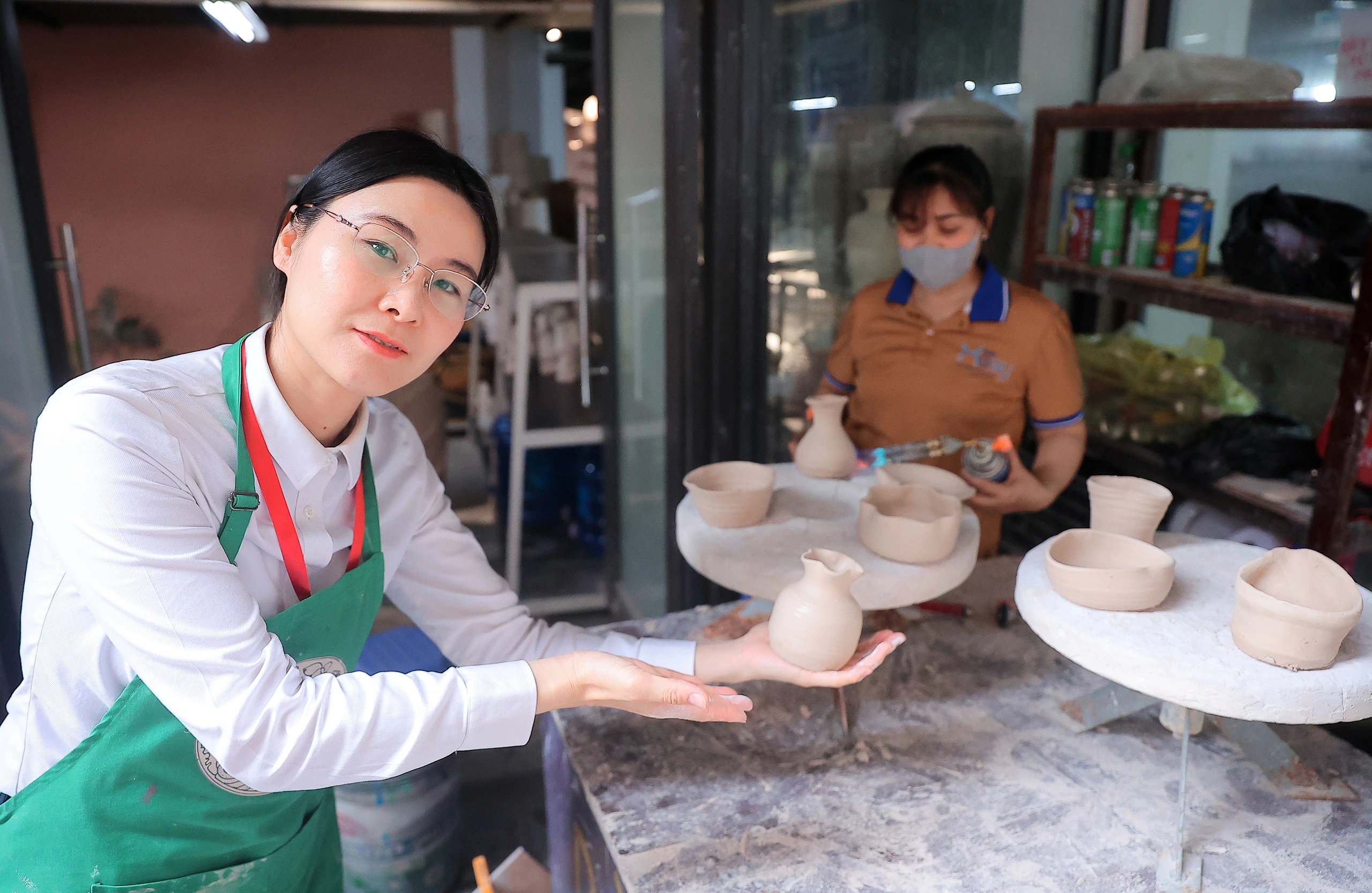
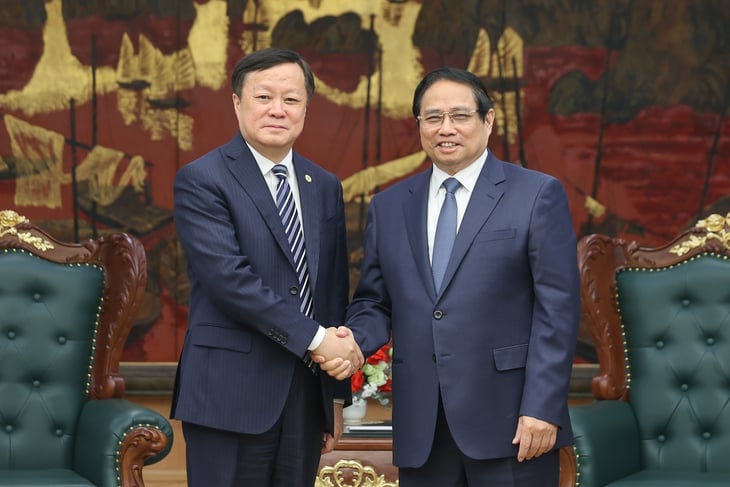
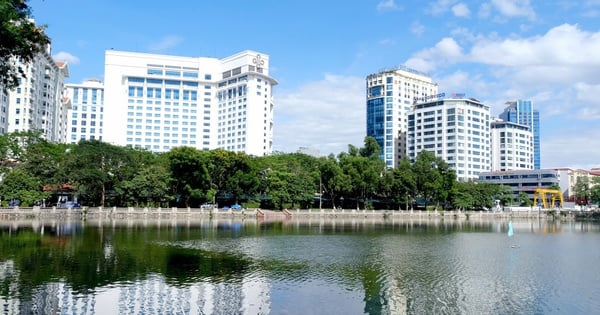



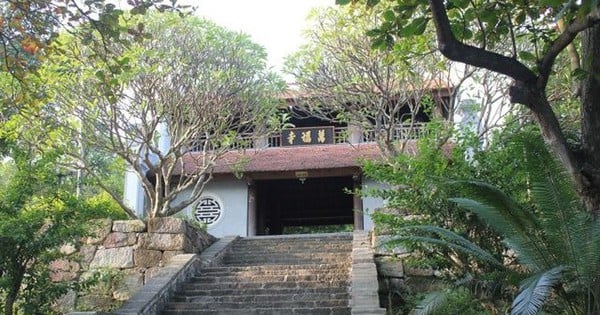
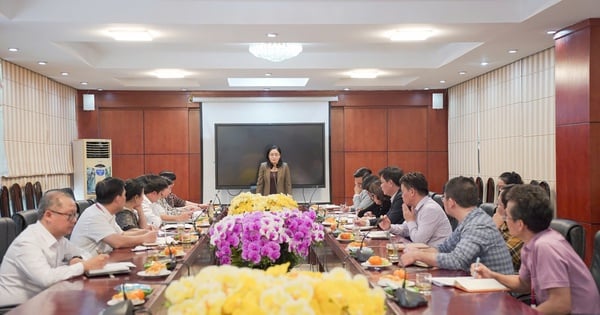
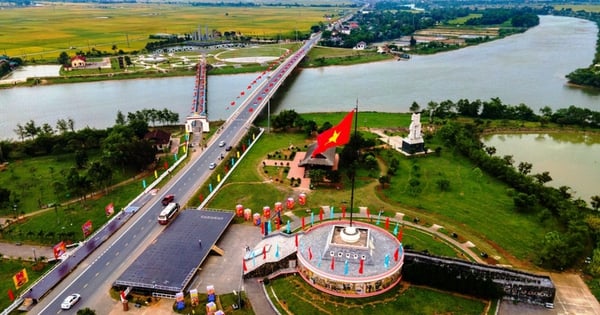
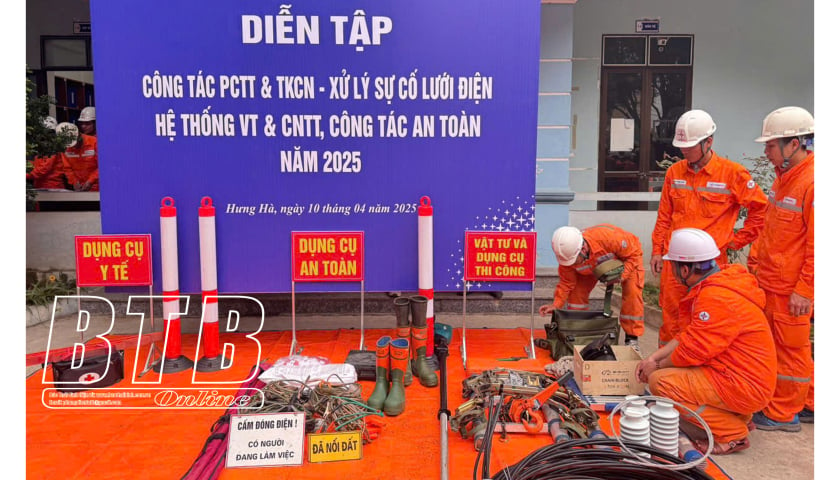

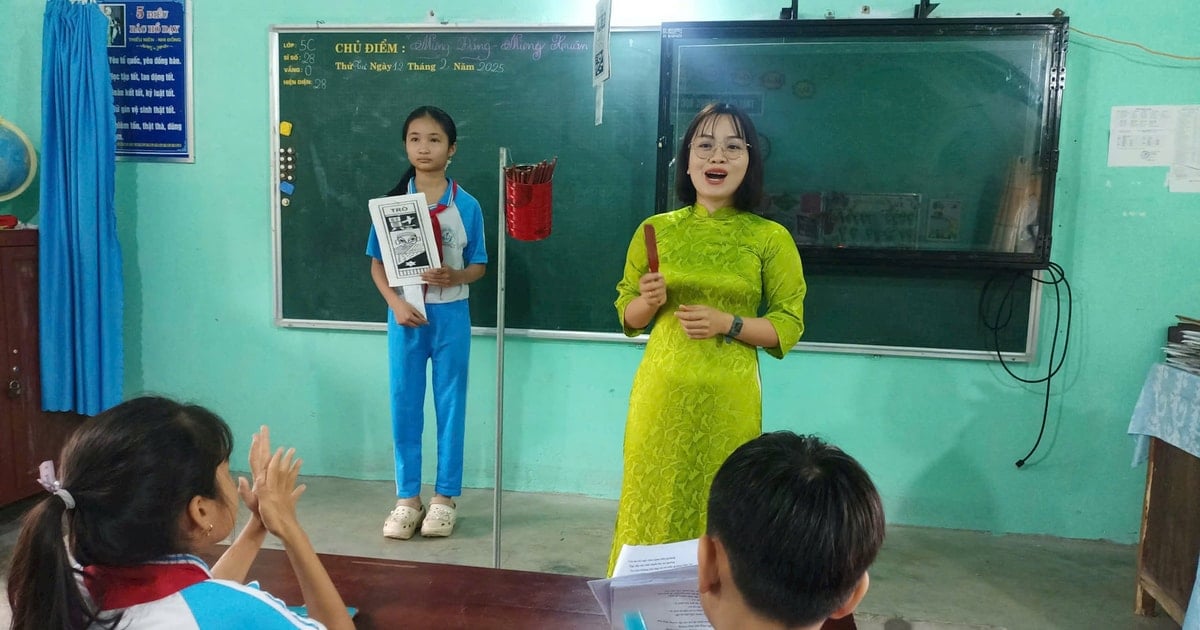




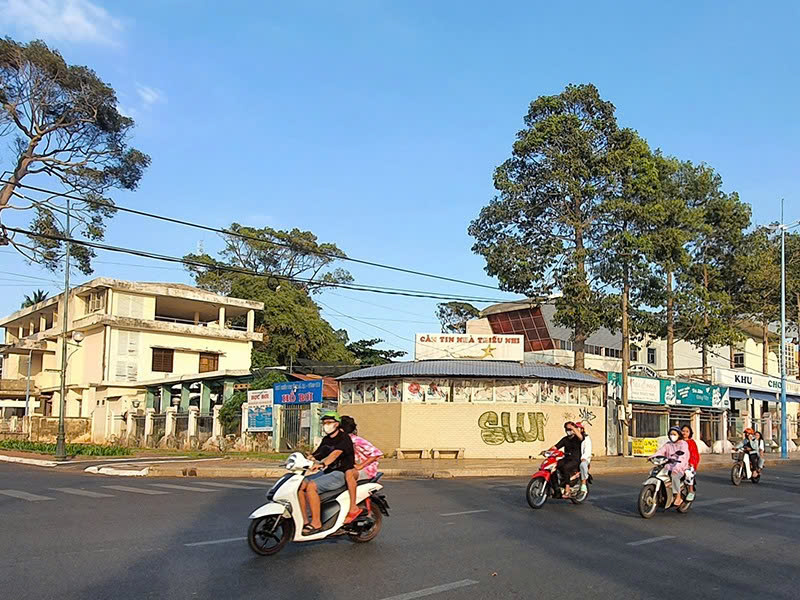


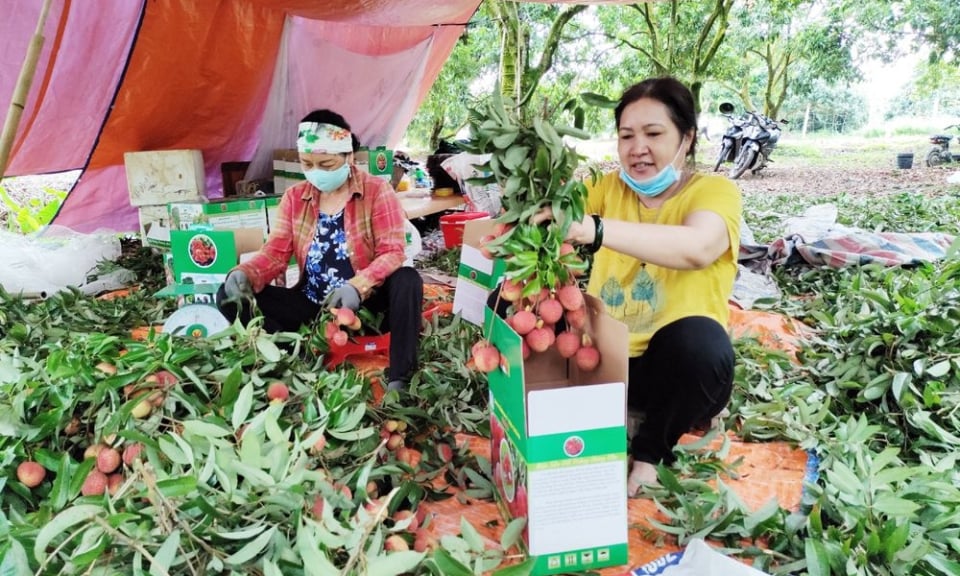

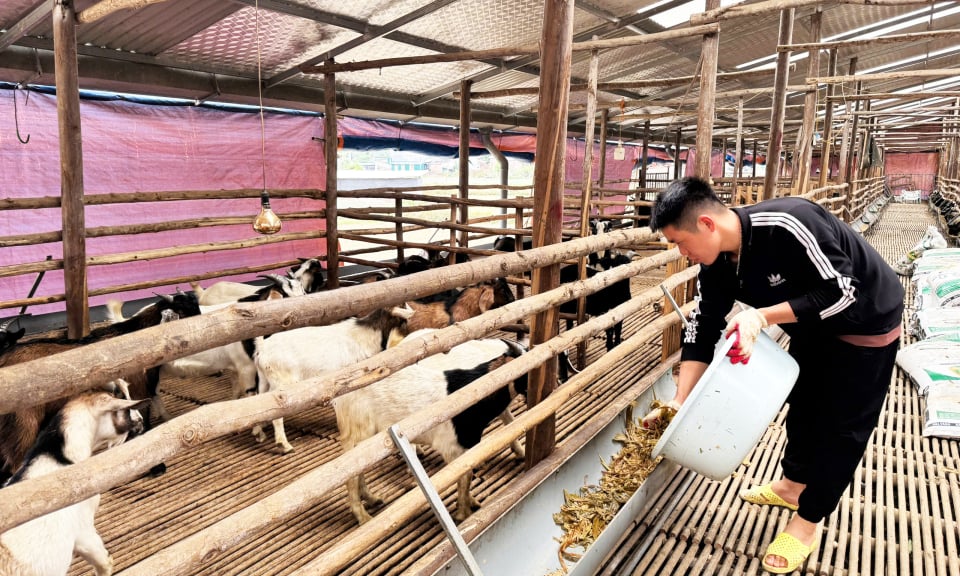

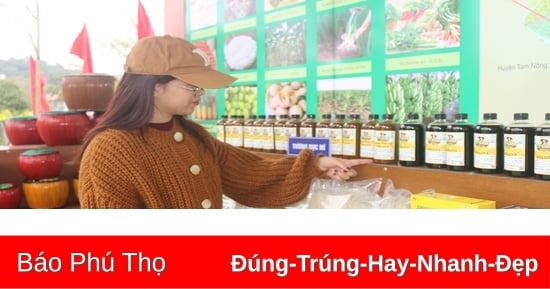

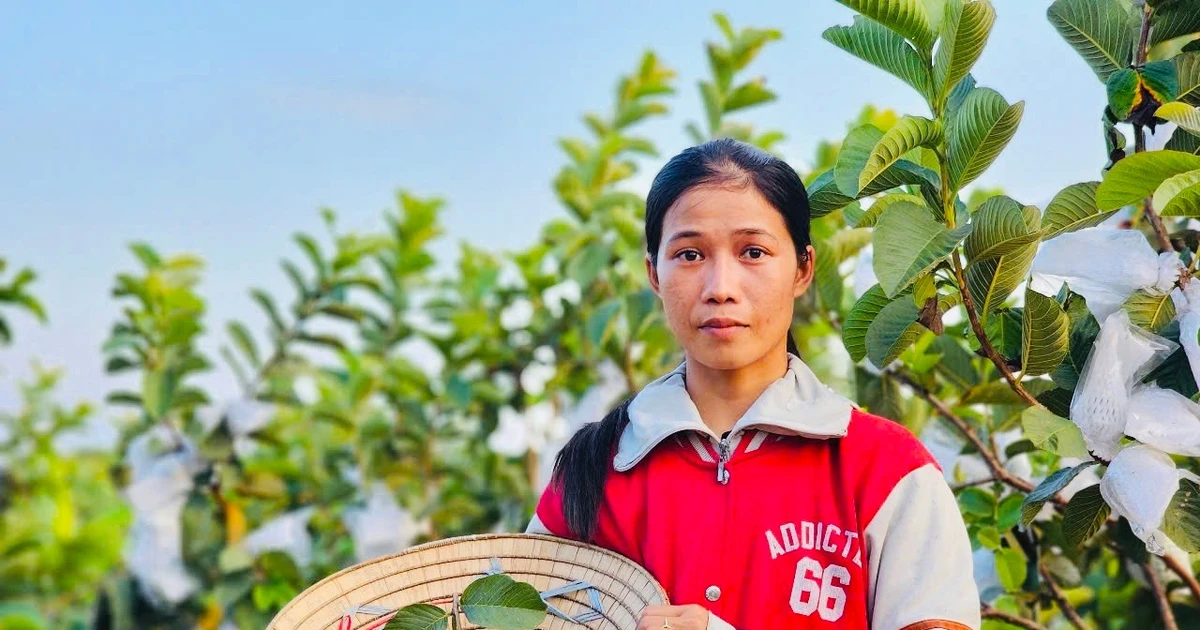



Comment (0)